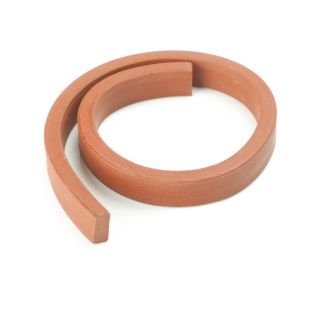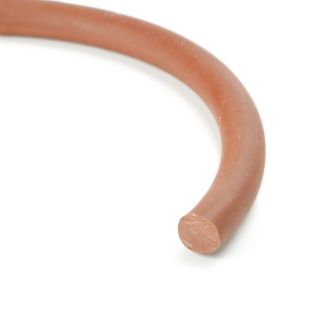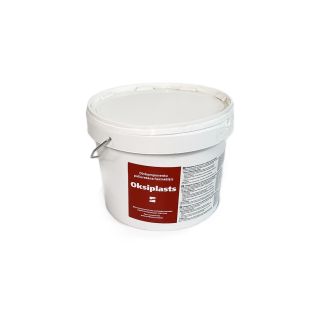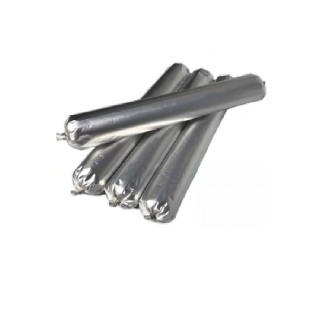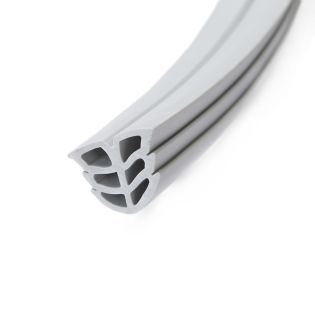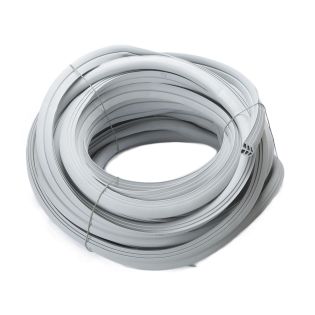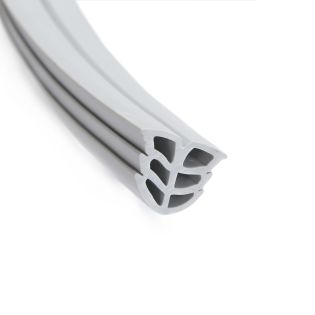Sealing joints in precast concrete and reinforced concrete structures
The use of high-quality waterproofing materials for sealing joints in precast concrete and reinforced concrete structures at construction sites will once and for all solve the problem of sealing. Monolithic structures are characterized by high durability and efficiency. But the service life of such facilities directly depends on the use of materials for waterproofing and timely work on sealing the object. Initially, at the construction stage, the panels have an uneven surface, forming uneven cracks when joining.
Joint sealing is the process of filling gaps between different materials, for example between two parts of a building material, to prevent the penetration of water, air, dust or other substances. This may be required when the building is constructed of various materials, such as brick, concrete, wood or metal.
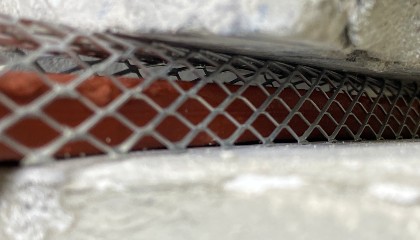 To seal the seams, different materials are used, depending on the operating conditions and the type of materials that need to be connected. The most common materials are silicone sealants, polyurethane sealants, acetyl sealants and bitumen mastics.
To seal the seams, different materials are used, depending on the operating conditions and the type of materials that need to be connected. The most common materials are silicone sealants, polyurethane sealants, acetyl sealants and bitumen mastics.
Before sealing the joints, it is necessary to prepare the surface so that it is clean and dry. To do this, you can use different means, such as alcohol, detergents or a grinding tool. Next, the sealant is applied to the seam using a sealant gun or other tools.
After applying the sealant, it can be smoothed with a special tool or finger. The sealant should be left on the surface until it hardens.
Sealing joints is an essential element of the construction process, as it allows you to keep warm and protect the building from the effects of negative environmental factors.
Consider the most common materials for waterproofing and sealing:
- For example, a material such as a ProElast membrane and a special InnoElast adhesive sealant.The membrane and adhesive are designed to seal joints from humidity in precast concrete and reinforced concrete structures.
The system is resistant to UV radiation, is used on high-rise construction sites, can be laid on a wet surface. During operation, it withstands temperature conditions from -40 ° C to 110 ° C, is chemically resistant and wear-resistant, resistant to positive and negative water pressure, does not require additional mechanical fastening at the edges, is compatible with bitumen. The ProElast membrane is waterproofing, it does not leak moisture, in case of unforeseen deformations it stretches.
There are two types of InnoElast adhesive sealant: Type 1 and Type 2. The main features of the two types are: maximum deformation (Type 1 - up to 25%, Type 2 - up to 10%), hardness (Type 1 — 25 (Shore), Type 2 — 55 (Shore), color (Type 1 — gray, Type 2 — black) and the temperature regime during installation (Type 1 — from −3 ° C to 40 ° C, Type 2 from 5 ° C to 40 ° C).
- Another high-quality material for waterproofing is the HYDROFLEX system. The H ydroflex membrane is designed for waterproofing expansion joints and cracks in buildings, basements, underground structures, tunnels, hydraulic structures, swimming pools. The membrane is resistant to the effects of the root system, it is used in rooms with the presence of aggressive substances of the chemical industry.
HYDROFLEX 21 epoxy adhesive has high adhesion, is applied even on a wet surface, does not contain solvents, consists of epoxy resin and epoxy hardener. Hydroflex glue is used for anchoring rebar outlets and bolts, mounting cranes and other guiding equipment to the base.
- The use of elastic profiles KLM is widely used in industrial facilities for sealing and sealing joints between various elements of buildings in concrete panels, facades, in all types of walls. The KLM profile is easily compressed, stretched and has the ability to compensate for changes in the width of the seam in this way. KLM profiles in combination with InnoElast adhesive sealant completely replace mastics and are easy to install.
- The sealing harness "herringbone" is installed in a freshly laid solution and in the cut seams of a rigid screed. Flexible and resistant to chemicals harness significantly saves installation time.
A properly selected sealant will help to extend the period of maintenance-free operation of concrete floors, floors in parking lots, concrete platforms, window structures. It will also provide reliable sealing of temperature joints:
- Tenalux 131M is a one-component grey sealant based on MS Polymer for closing joints in structures with mechanical loads and deformation of ± 25%.
- Profflex PU 40 is a one-component polyurethane sealant of gray color
- Tenalux 112 M is a one-component sealant for the roof on the basis of MS-polymer
- Oksiplast is a two-component polyurethane sealant of white color, for filling joints and cracks in building structures without mechanical loads with a deformation of ± 25%.
- Profflex A and Profflex B are vapor–permeable sealants of acrylic white color. Designed for sealing the mounting seams of window, balcony and stained glass structures.
SANPOL bentonite cord is used for sealing working "cold" joints, as well as for sealing vertical and horizontal joints of concrete and reinforced concrete structures. It is also used for water tanks, in the joints of old and new elements of concrete and reinforced concrete structures, in the joints of prefabricated elements and transitions of engineering communications in construction.
Additional products
 Cord bentonite Hydroflex 5x20 mm for waterproofing and sealing working joints, 15 r.m.
Cord bentonite Hydroflex 5x20 mm for waterproofing and sealing working joints, 15 r.m.
 Sealant one-component acrylic window Profflex A for external use, white, 600 ml
Sealant one-component acrylic window Profflex A for external use, white, 600 ml
 Sealant one-component acrylic window Profflex A for external use, white, 7 kg
Sealant one-component acrylic window Profflex A for external use, white, 7 kg
 Sealant one-component acrylic Tenax Profflex B for internal use, white, 600 ml.
Sealant one-component acrylic Tenax Profflex B for internal use, white, 600 ml.
 Sealant one-component acrylic Tenax Profflex B for internal use, white, 7 kg
Sealant one-component acrylic Tenax Profflex B for internal use, white, 7 kg
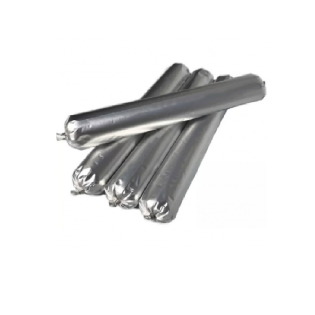 Elastic one-component polyurethane sealant Tenalux 131M for seams, file-pack 600 ml.
Elastic one-component polyurethane sealant Tenalux 131M for seams, file-pack 600 ml.
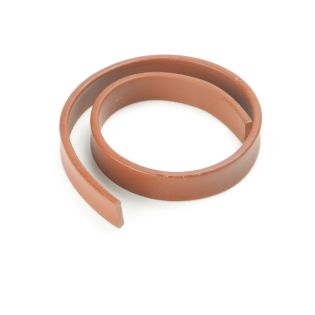 Bentonite cord 5x20 mm for waterproofing and sealing the entry of communications, 5 r.m.
Bentonite cord 5x20 mm for waterproofing and sealing the entry of communications, 5 r.m.
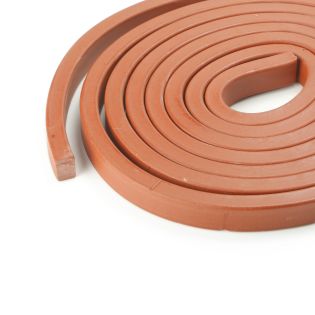 Bentonite cord 20x30 mm for waterproofing and sealing working joints, 5 r.m.
Bentonite cord 20x30 mm for waterproofing and sealing working joints, 5 r.m.
 Elastic one-component polyurethane sealant Hydroflex 40FC for seams, 600 ml.
Elastic one-component polyurethane sealant Hydroflex 40FC for seams, 600 ml.
 Sealing PVC profile Herringbone for dividing and expansion joints 3.8 mm, 200 r.m.
Sealing PVC profile Herringbone for dividing and expansion joints 3.8 mm, 200 r.m.
 Sealing PVC profile Herringbone for dividing and expansion joints 4.2 mm, 200 r.m.
Sealing PVC profile Herringbone for dividing and expansion joints 4.2 mm, 200 r.m.
 Sealing PVC profile Herringbone for dividing and expansion joints 4.6 mm, 200 r.m.
Sealing PVC profile Herringbone for dividing and expansion joints 4.6 mm, 200 r.m.
 Sealing PVC profile Herringbone for dividing and expansion joints 5 mm, 200 r.m.
Sealing PVC profile Herringbone for dividing and expansion joints 5 mm, 200 r.m.
 Sealing PVC profile Herringbone for dividing and expansion joints 5.2 mm, 200 r.m.
Sealing PVC profile Herringbone for dividing and expansion joints 5.2 mm, 200 r.m.
 Sealing PVC profile Herringbone for dividing and expansion joints 6 mm, 100 r.m.
Sealing PVC profile Herringbone for dividing and expansion joints 6 mm, 100 r.m.
 Sealing PVC profile Herringbone for dividing and expansion joints 6.5 mm, 100 r.m.
Sealing PVC profile Herringbone for dividing and expansion joints 6.5 mm, 100 r.m.
 Sealing PVC profile Herringbone for dividing and expansion joints 7 mm, 100 r.m.
Sealing PVC profile Herringbone for dividing and expansion joints 7 mm, 100 r.m.
 Sealing PVC profile Herringbone for dividing and expansion joints 10 mm, 100 r.m.
Sealing PVC profile Herringbone for dividing and expansion joints 10 mm, 100 r.m.
 Sealing PVC profile Herringbone for dividing and expansion joints 12 mm, 100 r.m.
Sealing PVC profile Herringbone for dividing and expansion joints 12 mm, 100 r.m.
 ProElast EPDM tape for sealing construction and expansion joints, thickness 1.5 mm, width 200 mm
ProElast EPDM tape for sealing construction and expansion joints, thickness 1.5 mm, width 200 mm
 ProElast EPDM tape for sealing construction and expansion joints, thickness 1.5 mm, width 750 mmM ProElast tape 1.5 = 750 mm
ProElast EPDM tape for sealing construction and expansion joints, thickness 1.5 mm, width 750 mmM ProElast tape 1.5 = 750 mm
 ProElast EPDM tape for sealing construction and expansion joints, thickness 1 mm, width 1500 mm
ProElast EPDM tape for sealing construction and expansion joints, thickness 1 mm, width 1500 mm
 Perforated TPE Hydroflex tape for waterproofing expansion joints and cracks, width 150 mm, thickness 1.5 mm, 5 r.m.
Perforated TPE Hydroflex tape for waterproofing expansion joints and cracks, width 150 mm, thickness 1.5 mm, 5 r.m.
 Perforated TPE tape Hydroflex for waterproofing expansion joints and cracks 200 mm wide, 1.5 mm thick, 5 r.m.
Perforated TPE tape Hydroflex for waterproofing expansion joints and cracks 200 mm wide, 1.5 mm thick, 5 r.m.
 Perforated TPE Hydroflex tape for waterproofing expansion joints and cracks, width 300 mm, thickness 1 mm, 5 r.m.
Perforated TPE Hydroflex tape for waterproofing expansion joints and cracks, width 300 mm, thickness 1 mm, 5 r.m.
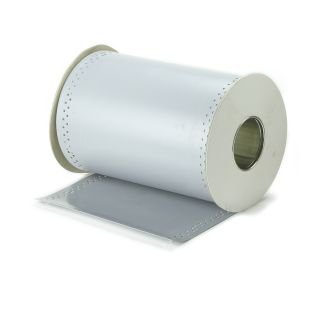 Perforated TPE tape Hydroflex for waterproofing expansion joints and cracks 300 mm wide, 1.5 mm thick, 5 r.m.
Perforated TPE tape Hydroflex for waterproofing expansion joints and cracks 300 mm wide, 1.5 mm thick, 5 r.m.
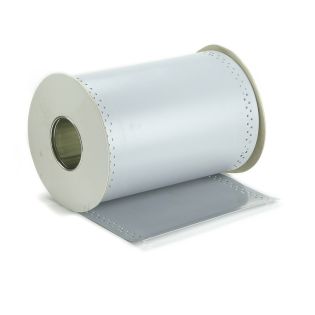 Perforated TPE tape Hydroflex for waterproofing expansion joints and cracks 400 mm wide, 1 mm thick, 5 r.m.
Perforated TPE tape Hydroflex for waterproofing expansion joints and cracks 400 mm wide, 1 mm thick, 5 r.m.
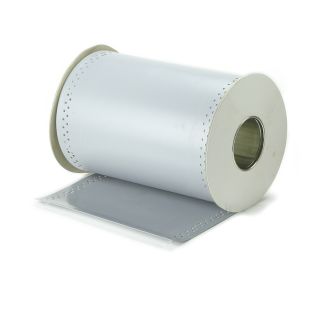 Perforated TPE Hydroflex tape for waterproofing expansion joints and cracks, width 400 mm, thickness 1.5 mm, 5 r.m.
Perforated TPE Hydroflex tape for waterproofing expansion joints and cracks, width 400 mm, thickness 1.5 mm, 5 r.m.

